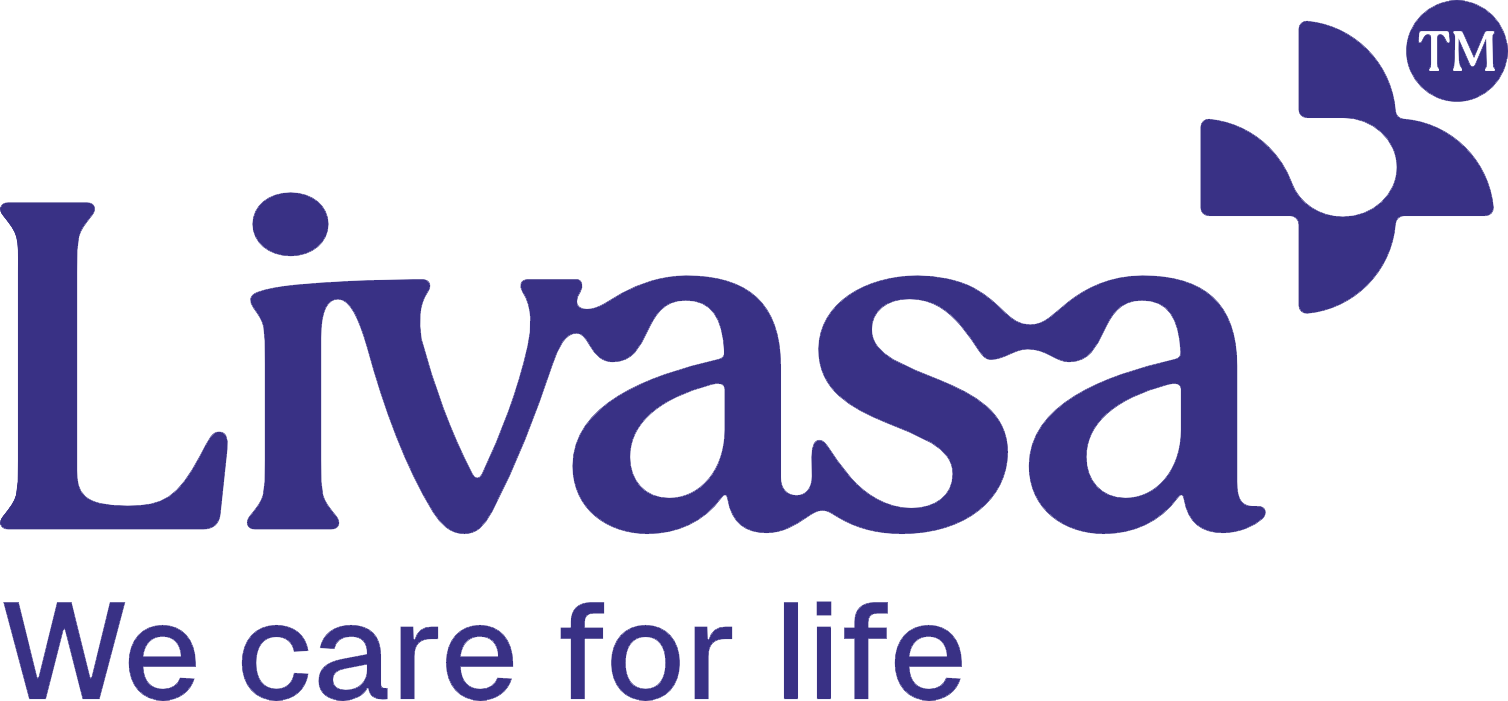Rotator cuff tear
Rotator cuff tear refers to the partial or complete rupture in one or many of the rotator cuff muscle group (Supraspinatus, Infraspinatus, Subscapularis, Teres Minor) The tear can occur suddenly (acute
tear) or can develop over a long period of time (chronic tear). Chronic tears may be caused by overuse of the muscles.

The symptoms of an acute tear may include a sudden tearing feeling, followed by severe pain that goes from your upper shoulder, down toward your elbow. A chronic tear includes a gradual weakness and decreased shoulder motion as the pain gets worse.
Treatment for this condition depends on the type and severity of the condition. In less severe cases, treatment may include:
- Rest with a sling immobilisation, Activity restriction, Icing the shoulder, Anti-inflammatory medicines.
- In more severe cases and if the pain does not improve with non-surgical methods, surgery is required.
Shoulder Instability
Shoulder dislocation occurs when the head of the upper arm bone is forced out of the shoulder socket. This typically happens as a result of a sudden injury, such as a fall or accident. Once a
shoulder has dislocated, it is vulnerable to repeat episodes. Common symptoms include repeated instances of the shoulder giving out and pain in the shoulder.
First time shoulder dislocation is often first treated with nonsurgical options.Recurrent shoulder instability always needs surgical treatment.
Frozen shoulder
Frozen shoulder causes pain and stiffness in the shoulder. Over time, the shoulder becomes very hard to move.
Frozen shoulder most commonly affects people between the ages of 40 and 60, and occurs in women more often than men. In addition, people with diabetes are at an increased risk for developing frozen shoulder.
Frozen shoulder generally gets better over time, although it may take few months. The focus of treatment is to control pain and restore motion and strength through physical therapy. Pain medications helps to reduce the pain and relax the muscles. Using a heating pad or ice pack may help to reduce the pain. If the symptoms are not relieved by therapy and other conservative methods, surgical treatment might be recommended.
Shoulder Impingement
When you raise your arm above the shoulder level, the space between the acromion and rotator cuff narrows. The acromion can rub against (or impinge on) the tendon and the bursa, causing irritation and pain. The symptoms include pain at night and loss of strength and motion. In most cases, initial treatment is nonsurgical. Many patients experience a gradual improvement and return to function.
When nonsurgical treatment does not relieve pain, surgery is recommended.
AC Joint disruption
The AC joint is where the collarbone (clavicle) meets the highest point of the shoulder blade (acromion). When this joint gets disrupted, collar bone separates from the shoulder blade, creating a bump on the top the shoulder. The most common cause for a separation of the AC joint is from a fall directly onto the shoulder. Nonsurgical treatments, such as a sling and medications can effectively help manage the pain in almost all patients. Most people with this injury return to normal function with nonsurgical treatments. Surgery can be considered if pain persists or the deformity is severe.
Biceps tendonitis
Biceps tendonitis is the inflammation in the tendon that attaches the top of the biceps muscle to the shoulder. The most common cause is overuse from certain types of work or sports activities. It can also happen suddenly from a direct injury. Patients generally report the feeling of a deep ache directly in the front and top of the shoulder. Treatment typically involves a period of rest and avoidance of activities that aggravate the pain. Most patients recover with medicines and physiotherapy. Some injuries require surgery for treatment.
SLAP tears
A SLAP lesion (superior labrum, anterior [front] to posterior [back]) is a tear of the labrum (a rim of cartilage). It may also involve the origin of the biceps tendon. It can occur from acute injury like fall or repetitive shoulder overuse. Symptoms of this condition include: Pain, usually with overhead activities, night pains, locking or popping sensation and loss of strength. In many cases, nonsurgical methods are effective in relieving symptoms and healing the injured structures. If these nonsurgical measures are insufficient, or if the symptoms return, surgery is recommended.
Services we offer:
- Arthroscopic Rotator Cuff Repair
- Arthroscopic Shoulder stabilisation
- Arthroscopic Shoulder decompression
- AC Joint Reconstruction
- Biceps Tenodesis
- Frozen shoulder surgery
Arthroscopic Rotator Cuff Repair
Surgery to repair a torn rotator cuff involves re-attaching the tendon to the head of humerus (upperarm bone) using specialized suture anchors. Advances in surgical techniques for rotator cuff repair
include less invasive procedures. Surgery is done through small incisions and using Arthroscope and small specialized instruments.
Arthroscopic rotator cuff repair causes minimal trauma to the tissues that surround the shoulder and the rotator cuff. Because of this, patients have smaller scars and less damage to nearby structures than open surgery.
 Arthroscopic Shoulder Stabilization
Arthroscopic Shoulder Stabilization
Types of surgery for shoulder Instability:
- Arthroscopic Bankart repair – This refers to stitching of the torn labrum tissues back to the glenoid socket via key hole procedure. This is recommended in the cases with minimal or no bone loss.
- Remplissage procedure – This refers to the filling of the bone defect in the ball (humeral head)
- Latarjet procedure – This is recommended for the recurrent shoulder instability with significant bone loss. The procedure involves transferring a small piece of bone called the coracoid process along with its muscle attachments to the socket of the shoulder joint. This compensates for the bone loss and also provide a soft tissue support.
Arthroscopic Shoulder decompression
Arthroscopic decompression is a procedure used to treat shoulder pain due to shoulder impingement syndrome, when this condition has not been relieved with medicines and physiotherapy.In this procedure, the inflamed bursa or bone spur in the shoulder is removed, or shaved away through key-hole incisions using specialized instruments. This creates more space for the rotator cuff tendons and allows smooth gliding of the rotator cuff under the acromion bone, and enables pain free overhead movements of the shoulder.
AC Joint Reconstruction
In this procedure, the AC joint is “reduced” into its normal anatomic position. This can be held with a variety of methods, some requiring metal implants and others require special suture tapes with
buttons. The ligaments connecting the collar bone (clavicle) and the shoulder blade (acromion) are reconstructed using the tendon graft harvested from elsewhere in the body.
Biceps Tenodesis
In the biceps tenodesis procedure, the torn biceps tendon is released from your labrum and it is relocated to your upper arm bone (humerus) using a special tenodesis anchoring devices through mini-open technique and Arthroscopy.
Frozen shoulder surgery
Manipulation under anaesthesia: During this procedure, your shoulder is made to move under anaesthesia. This causes the capsule and scar tissue to stretch or tear. This releases the tightening and increases range of motion.
Shoulder arthroscopy: In this procedure, tight portions of the joint capsule are released through arthroscopy. This is done using pencil-sized instruments inserted through small incisions around your shoulder. Tight capsular tissues are released using special radio-frequency probe.



 Arthroscopic Shoulder Stabilization
Arthroscopic Shoulder Stabilization








